As of March 2019, a survey from the National Safety Council found that 75% of U.S. employers have been directly affected by opioids, yet only 17% feel extremely well prepared to deal with the issue. The same survey reported that 31% have had an overdose, arrest, near-miss or an injury because of employee opioid use.
The Bureau of Labor Statistics reports that workplace overdose deaths involving drugs or alcohol have increased by at least 25% for the past five consecutive years. In Massachusetts, the Department of Public Health found that occupations with significantly higher than average rates of opioid-related deaths included: material moving; installation, maintenance and repair; transportation; production; food preparation and serving; building and grounds cleaning and maintenance; and healthcare support.
Many employers have found that the traditional punitive methods and policies, such as drug-free and “zero tolerance” policies, have been ineffective in handling opioid-related incidents in the workplace, as reported by the Connecticut Department of Health.
Given the prevalence and availability of opioids in the U.S. today, employers must be educated on the resources and best practices for handling opioid-related incidents in the workplace. The Center for Controlled Diseases (CDC) and National Safety Council (NSC) are among several federal organizations that have created informative materials to guide employers on dealing with this issue.
In addition, there are varying suggestions for best practices in the workplace – let’s explore some of these methods.
SBIRT
SBIRT stands for “screen, brief intervention and refer to treatment” and has been successfully applied to situations in primary care, emergency rooms, and other healthcare settings in addressing employees with risky levels of substance use or substance use disorders. The U.S. Preventative Services Task Force graded SBIRT a “B” for alcohol use.
Drug-Free Workplace Toolkit
SAHMSA’s Drug-Free Workplace Toolkit lists several components necessary for successful implementation. First, a written policy on drug tolerance in the workplace. Second, employee education to ensure all workers understand the risks of substance use disorders (SUD) and how substance misuse can affect employee health and employment. Third, supervisor training is key in this toolkit to maximize effectiveness of the drug-free policy. Fourth, offering employee assistance programs (EAPs) to help employees with personal problems that may affect their performance on the job. Finally, drug testing can hold employees accountable to an organization’s drug-free policy and can discourage employees from coming to work unfit for duty, therefore improving workplace safety.
Five Key Principles for Employers
The Connecticut Department of Health proposed five key principles for employers in handling substance misuse in the workplace: early identification, instant support, employer flexibility, regular review, and enlisting success. However, employers can only be successful in applying these principles if a clear, written policy on substance use exists for said workplace.
While there are many proven and emerging approaches to handling opioids in the workplace, continued research into evidence-based practices is necessary given the ever-evolving nature of the opioid crisis in the U.S. We encourage employers to research the existing methods and policies for managing opioids in the workplace to find the best fit for each individual organization but to remain aware of new policies as they continue to emerge, as these new approaches may help reinforce your policies and ensure compliance from workers for an incident-free workplace.
If you’re struggling with addiction and mental health issues, call New England Recovery Center today at 1-877-MyRehab.










